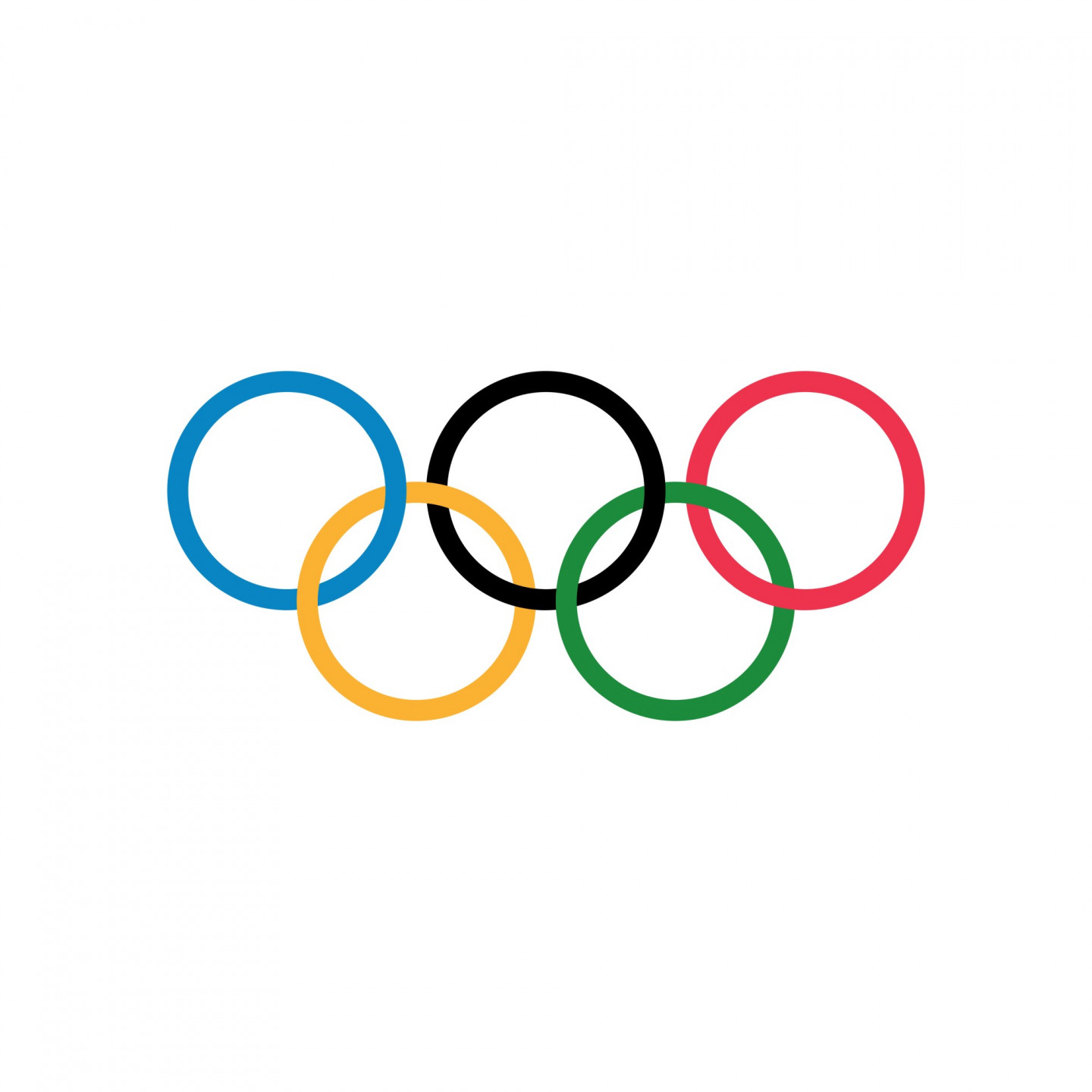The Olympics are an important event not only for athletes but also for innovation, as the whole world is watching what happens there. It's no wonder that, for example, television broadcasting, sports equipment and even means of transport have undergone exciting developments over the past decades. The Hungarian Innovation Agency aims to support businesses that can bring their innovative products or services to international attention and recognition - even at the Olympics. In the article below we have collected some interesting innovations that are also linked to the Olympics.
Evolution of TV broadcasting
It is clear that the first Olympics were not televised for a very simple reason: television had not yet been invented. The (theoretical) technical prerequisite was only in place from the ninth Games onwards, with television in the United States being introduced in 1928, the year of the Amsterdam Olympics. However, this was still a so-called mechanical system, highly experimental, which could not have been used to broadcast such an event.
Electronic broadcasting (in its rudimentary form, of course), as we know it today, was first introduced in Germany in 1935, and the Berlin Olympics were broadcast a year later - although it is an exaggeration to say that they were broadcast, as the TVs of the time had a very limited time slot of two or three hours a day. In any case, it was the first time in the history of the Games that they had ever been broadcast on television, and they still aired a decent amount of the Olympics, 70 hours in total, or just under an eighth of this year's total. At the time, TV sets were not yet privately available, so the German post office took it upon itself to run 'viewing rooms' throughout Berlin and Potsdam, where passers-by could watch the broadcasts.
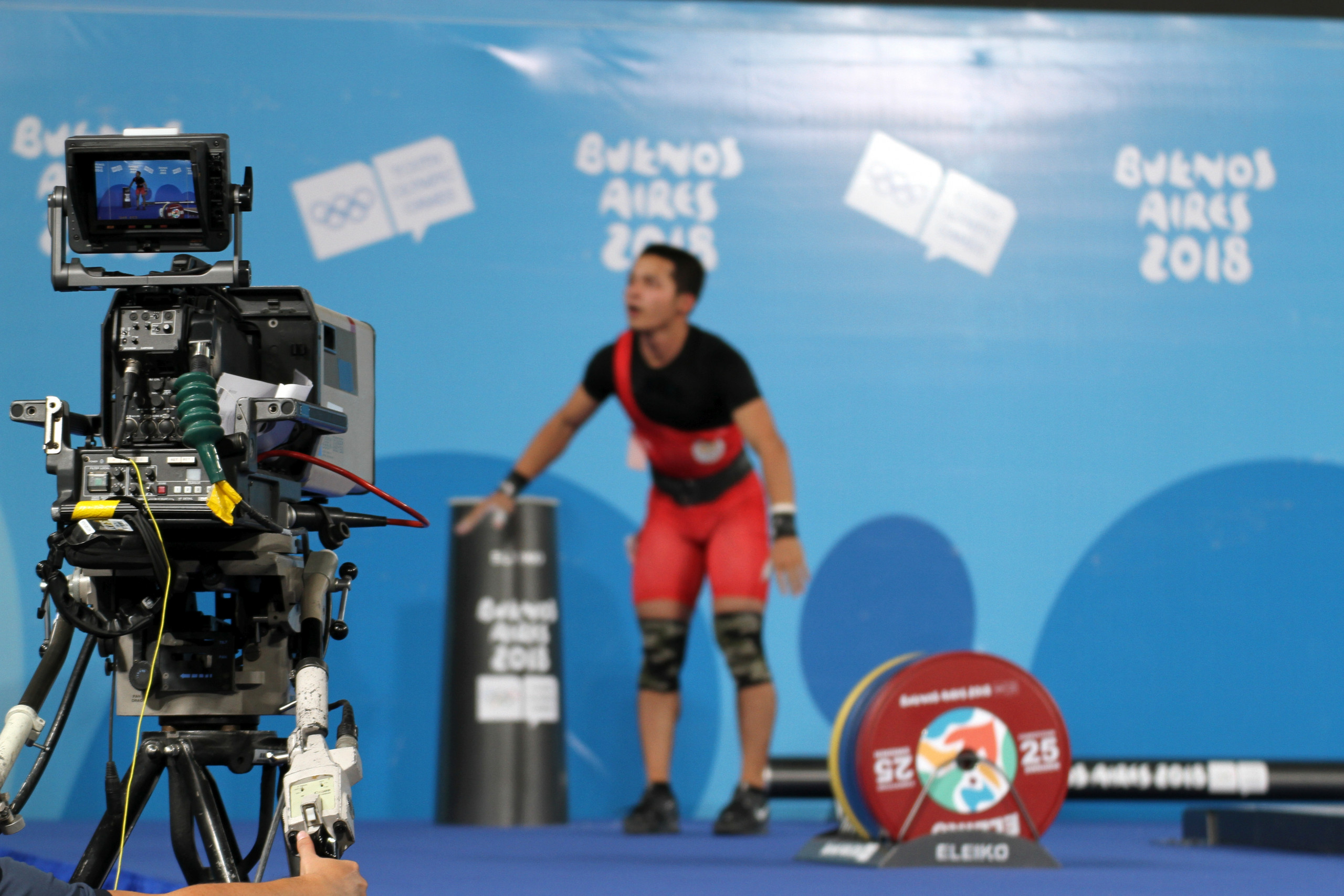
Two Olympics were cancelled due to World War II, so the next summer games, London, had to wait until 1948. As the BBC was the world's first television channel to provide regular programming from 1936, there were by then a good number of TV sets in homes across the country - although not as many as normal development would have allowed, precisely because of the war. This led to the paradox that the first Olympics to be broadcast in the modern way were watched by very few people from their homes.
We Hungarians were able to watch the Olympics on television for the first time in 1960, again for the simple reason that we had nothing to watch before then: in our country, regular public television broadcasting only began in 1957. The Rome Olympics were the first to be broadcast live and in their entirety on European television, with 296 television professionals working during the Games to ensure that coverage reached 36 countries simultaneously. As in Berlin, broadcasting in Hungary was handled by the postal service.
The next Olympics, in Tokyo, would not have been so smoothly broadcast due to the great distance: the Hungarian reporters - including Tamás Vitray - did not report from the venue, but from the Olympic headquarters of Intervision, the international socialist network of several socialist countries, in Berlin. English-language reels of film arrived by plane from Japan, so our commentators had to "only" translate the British colleagues' texts.
To bring us up to date: the 2024 Paris Olympics will be broadcast by OBS: the grandeur of the event is illustrated by the fact that the opening ceremony was covered by more than 100 camera systems and more than 200 smartphones on board the ships carrying delegations (as well as 8 drones, 3 helicopters and a special boat) - three times as many cameras as were used for the opening ceremony of the Tokyo Olympics three years ago.
When centimetres matter
For decades, Polarity Gm Ltd. has been an international authority in the field of sports technology. Their track-marking system for rowing and kayak canoeing competitions has proven itself at the 2004 Athens, 2008 Beijing, 2012 London and 2016 Rio Olympics, as well as at numerous world competitions.
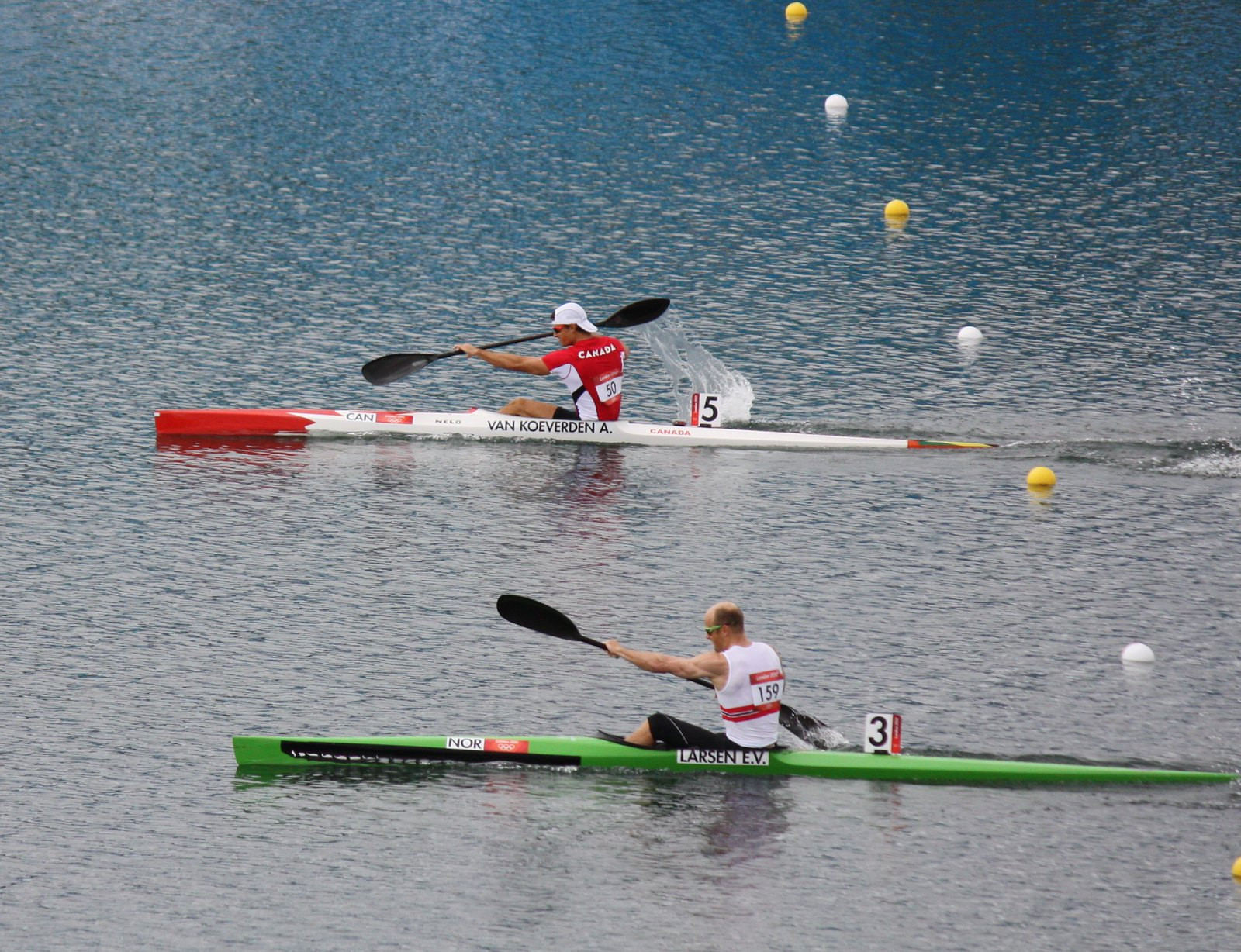
This is the system that keeps the marker buoys on the surface of the water and always at the same point, because even centimetres matter here. The difficulty is that the drift lines corrode quickly, especially in salt water, and are expensive to replace. However, the Miskolc company, in cooperation with Észak-Ferr Ltd, has developed a unique PVC granulate that is resistant to the stresses caused by sunlight, weather, salt water and the organisms that live in it.
During the construction of the courses, special motorboats and divers are used to anchor the rope system underwater, so that the line holding the buoy can be easily hooked between the spacers. From the intricate driftline structure, all that visitors and TV viewers can see are the buoys standing firmly on the race surface. Thanks to our production technology, the quality of our products meets both European and international standards, and the company has supplied special ropes for the systems of courses in Egypt, Mexico, Lithuania, the USA and Ireland, in addition to Hungarian courses.
The record-breaking swimsuit
The first truly revolutionary supersuit was launched in early 2008 by Speedo, which, with the help of experts from the US space agency NASA, developed a new outfit that covered swimmers from neck to ankle and then set off on a comet-like trajectory of success, only to enjoy a stunning career in a short space of time - and then plummet from the top to the bottom, only to be partially forgotten after less than two years of soaring.
The leotard is made from a material called polyurethane, which repels water and compresses the body, especially the torso and thighs, giving it a streamlined look. These swimsuits, which significantly reduce drag and also help the rider to absorb oxygen as economically as possible, perfectly met the need to make the swimmer faster and more efficient than ever before. And they did, making good swimmers even better and less good swimmers much better.
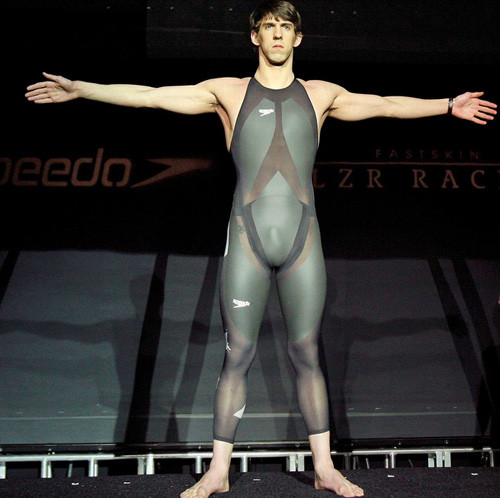
With the help of the miracle drugs, world records were set more and more frequently, after better and better individual records. From the early months of 2008 until the Beijing Olympics in the summer, the number of world records exceeded half a hundred, with a further 25 being set at the Chinese five games. To remedy the unsustainable situation, the International Swimming Federation (FINA) finally banned swimsuits, also known as shark dresse, from January 2010 and issued a slogan: back to the textile!
Since then, the sport of swimming has returned to normal, and world records are no longer being broken at breakneck speed: all this proves that it is possible to make progress without miracle adjectives, and to develop in other ways. Gregg Troy, who coaches for the US Olympic team, told The New York Times: "It's good that the swimming world has gone back to textiles, because it brings us a little closer to the real sport again.
Fashionable and useful garment
Ralph Lauren has been the designer of the US Olympic uniforms since 2008. For the 2022 Winter Olympics in Beijing, the company has developed a new fabric jacket for US athletes that adapts to the wearer's body temperature, keeping them warm or cool without the use of electronics. The aim was to keep athletes comfortable during the long opening ceremony.
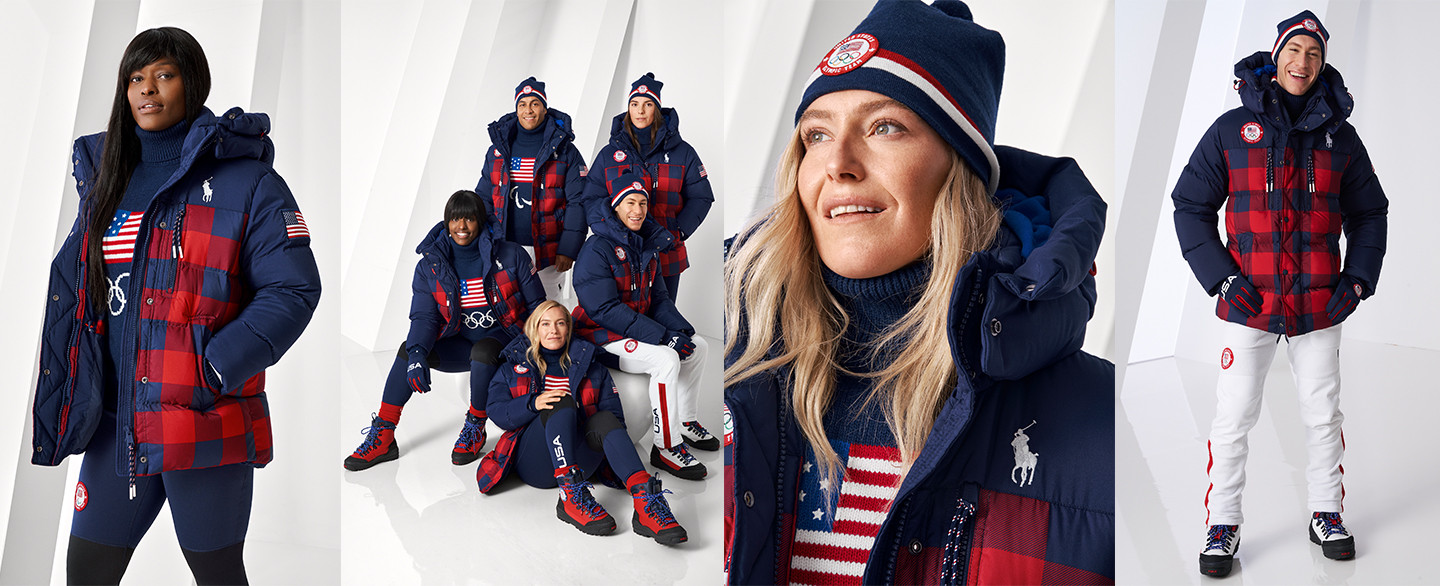
Although the company had already developed a similar jacket for the 2018 Winter Olympics in Pyongyang, it was powered by batteries to help regulate the heat. They did this using a technology called Intelligent Insulation, developed by a small textile innovation company called Skyscrape. Skyscrape's fabric consisted of two separate patented materials that expanded and contracted in response to changes in temperature. At low temperatures, the lengths of the two materials contract at different rates, creating an air pocket and thus insulation. In other words, the jacket inflates when it gets cold and contracts when it gets warmer.
Climate neutral transport equipment
The 2021 Tokyo Olympics was a spectator-free event, despite the participation of more than 11,000 athletes and a total of around 90,000 participants, including journalists, organisers, support staff and officials. The punctual, safe - and not least sanitary - transport of these 90,000 people, both individually and in groups, was provided by Toyota, the world's largest car manufacturer, with some 3,400 vehicles.
Almost 90 per cent of these are partly or fully electric, which has contributed significantly to making Tokyo not only the biggest but also the cleanest Olympics ever: the Japanese Games emitted roughly 3 million tonnes of CO2.
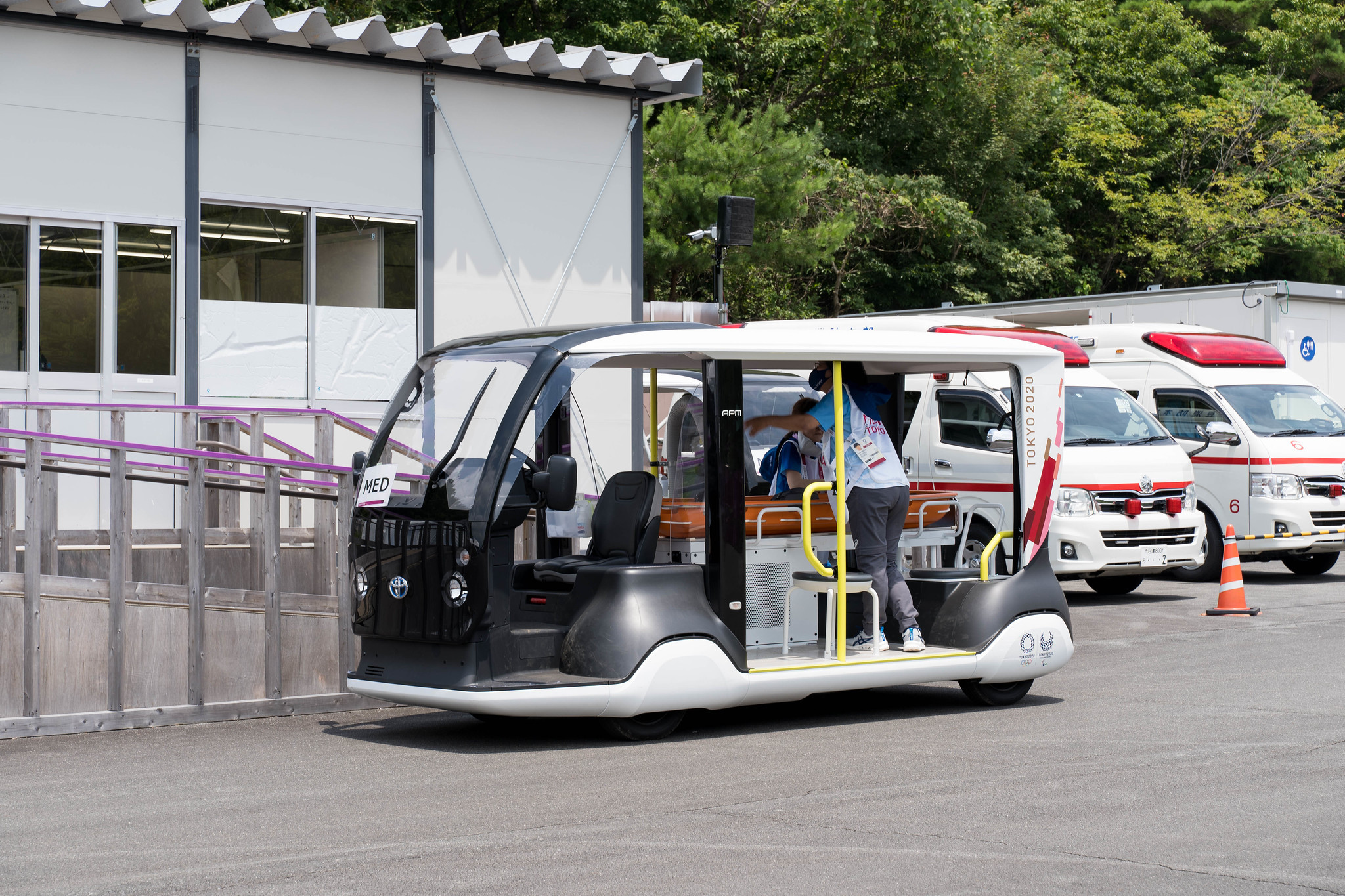
The mobility equipment and solutions included both general purpose vehicles and vehicles specifically tailored to the needs of the Olympic Games. Special Olympic versions of the e-Palette vehicles made up a significant part of the fleet. The preparation of the self-driving electric vehicles within the Olympic Village was also based on the opinion of the Olympic athletes, taking into account their good and bad experiences at previous Olympic Games and other World Games. The all-electric e-Palette vehicles, with wide-opening doors and motorised ramps, allowed quick and easy entry and exit, even for athletes in wheelchairs. The vehicles were fully automatic, although for safety reasons, each vehicle had an operator.
Toyota also helped to transport athletes around Tokyo with a brand new development: the APM (Accessible People Mover) was a short-distance, low-speed transport vehicle that carried participants between venues. The same APMs were also used to transport patients to and from the Olympics.
(Image source: Wikipedia, Flickr, ralphlauren.com)




